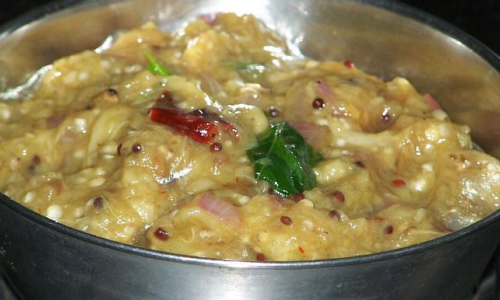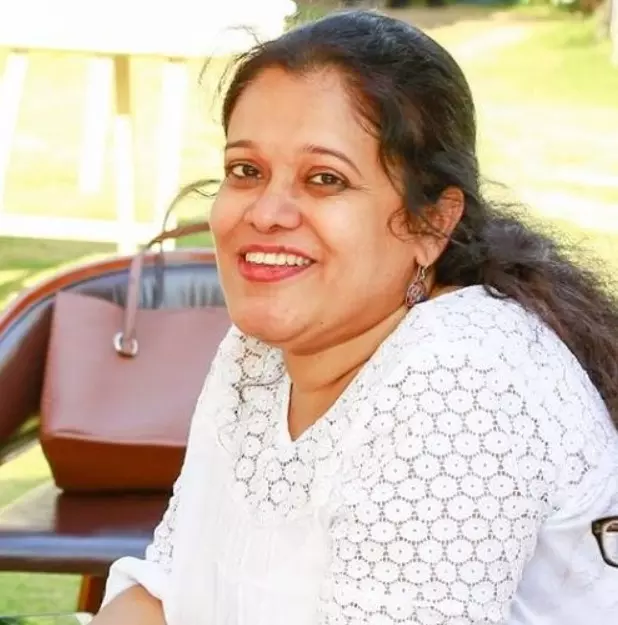The one and only, Vankaya

Growing up in Hyderabad has had its many advantages. For a food lover it is a place where you can get to eat the most authentic of Andhra dishes, taste the fiery Rayalaseema ruchulu, get a hang of Telangana flavours and relish the richness of Nawabi and Hyderabadi Muslim cuisine.
Growing up in Hyderabad has had its many advantages. For a food lover it is a place where you can get to eat the most authentic of Andhra dishes, taste the fiery Rayalaseema ruchulu, get a hang of Telangana flavours and relish the richness of Nawabi and Hyderabadi Muslim cuisine.
So here I was eating Andhra pappu on a daily basis; enjoying Khichdi, which is prepared like bagara khana albeit with lentils and team it up with avakaya – (mango pickle made using mustard and chilli powder), and not the classic khatta) when at home; conjure up royal (read Rayala) ragi mudda whenever there is spicy Andhra chicken curry waiting to be enjoyed, and make pachi pulusu, a sure addition to summer menu, and if possible pan fry the spicy sarva pindi to go with it.
The cuisines after having lived as neighbours over ages have their commonalities and influences; though unique in their own way. Take the omnipotent brinjal (vankaya) for instance; the Baingan Raja for all those who spent their childhood summer afternoons watching Doordarshan!
Vankaya is indeed a dominant vegetable in Telugu homes that gets into mind-boggling variety of dishes. I would call gutti vankaya koora as the vegetarian substitute to Pulasa… (the famous fish delicacy that is known to be served to the most special of guests in Godavari delta). It may sound a severely overrated comparison in terms of the cost, to compare brinjal to Pulasa, but it is surely no less in the affectionate way its regarded as a speciality, reserved only for the best.
Whole brinjals filled with stuffing and shallow fried in oil; yet again, the fillings in these fresh, round and medium sized brinjals are different in different homes. A mix of besan, chilli powder and salt made a little wet with oil is also used as filling. In good old days, when food was treated better, these brinjals were tied up with thread before putting in oil to be fried well. After the fried brinjal cools down, the thread was removed to be served with steaming hot rice and ghee.
In Telangana, there is a simple curry made using chickpea lentil (senaga pappu) soaked and cooked along with brinjal pieces flavoured with ginger garlic paste and masala powder – it is spicy and simply delicious. Then there is the bagare baingan that has made its place secure in Telugu homes, each adapting it to suit their tastes. While the original Hyderabadi version is a wee bit sour, the Telugu variant is spicy.
There is one simple chutney I had learnt from my grandmother that warrants a special mention. This was originally made by roasting, fresh, fat and round brinjals on coal-fired sigdis of the yore. Today, stoves serve the purpose. Oil is applied to the brinjals and roasted, so that the skin can be peeled easily, and the flesh is cooked well before its mashed. Red chillies fried in oil and crushed, salt, thick tamarind juice and bit of jaggery is added and finished with the flavourful thalimpu – the lifeline of all Telugu dishes. Lo and behold, the smoky, tasty chutney is ready to be eaten before you say…Vankaya.
















